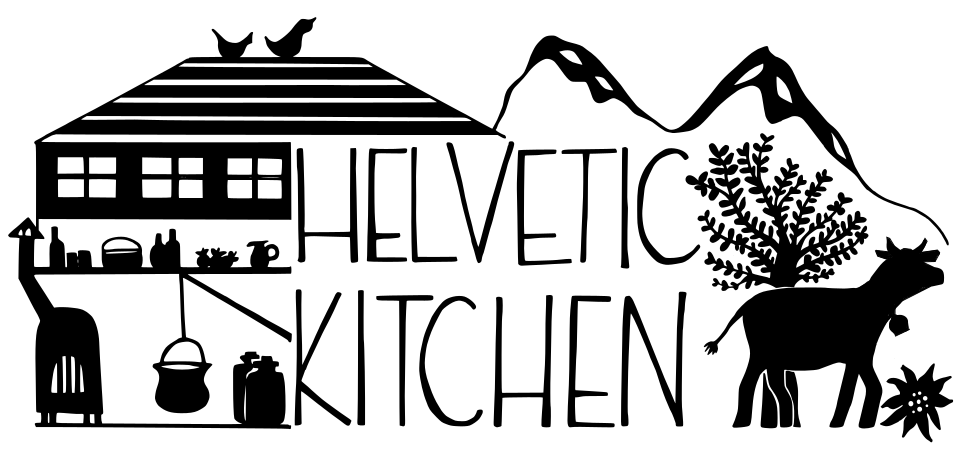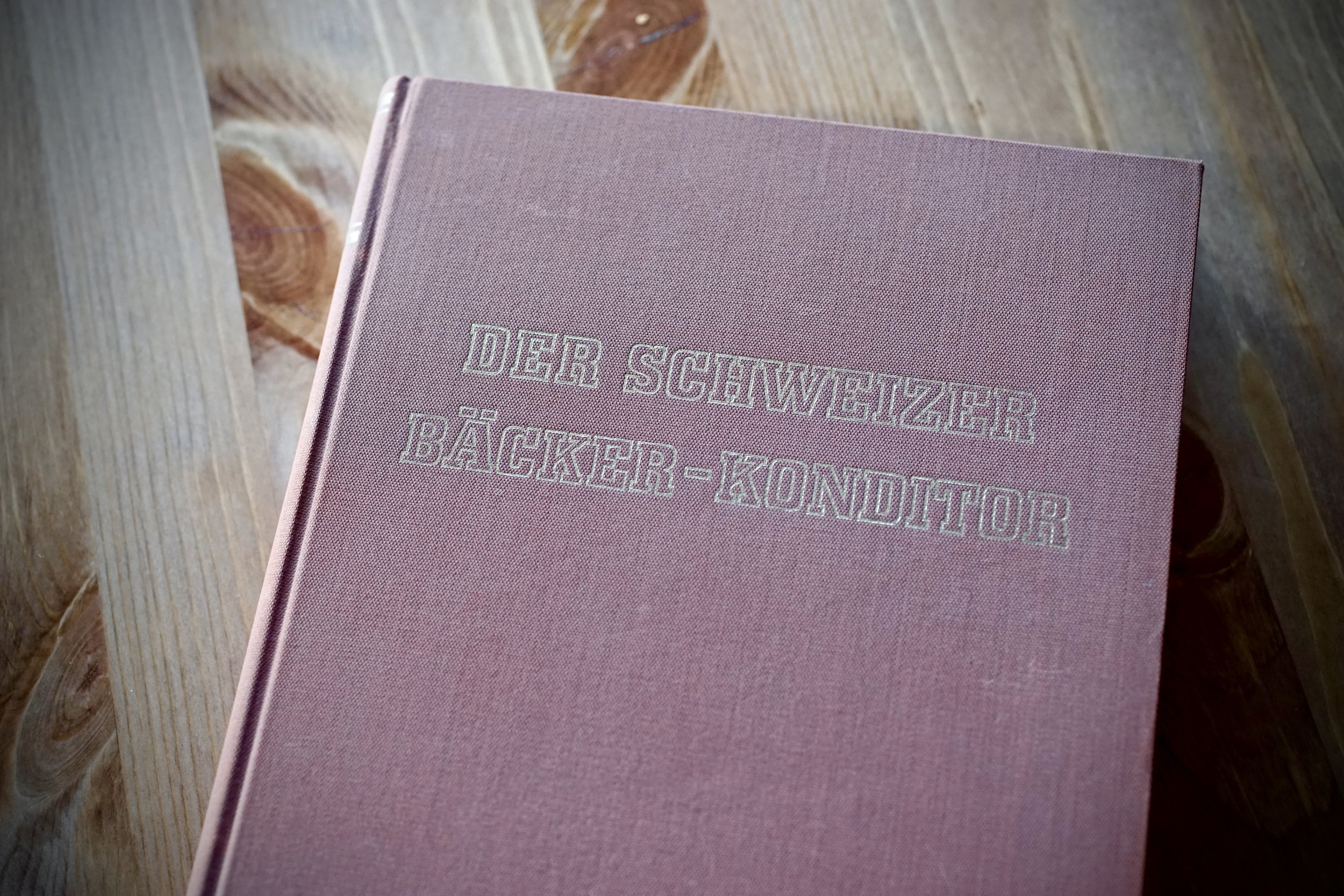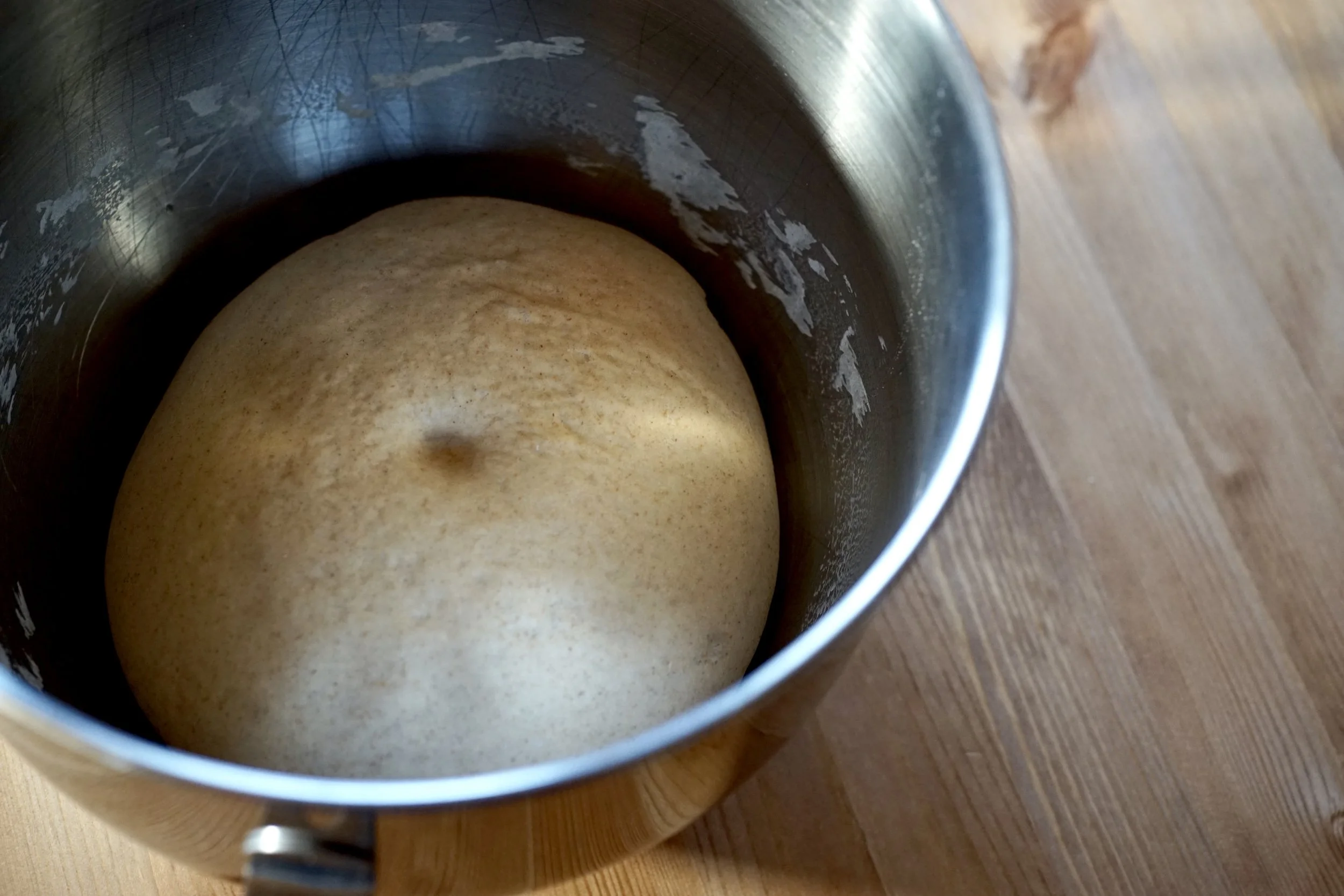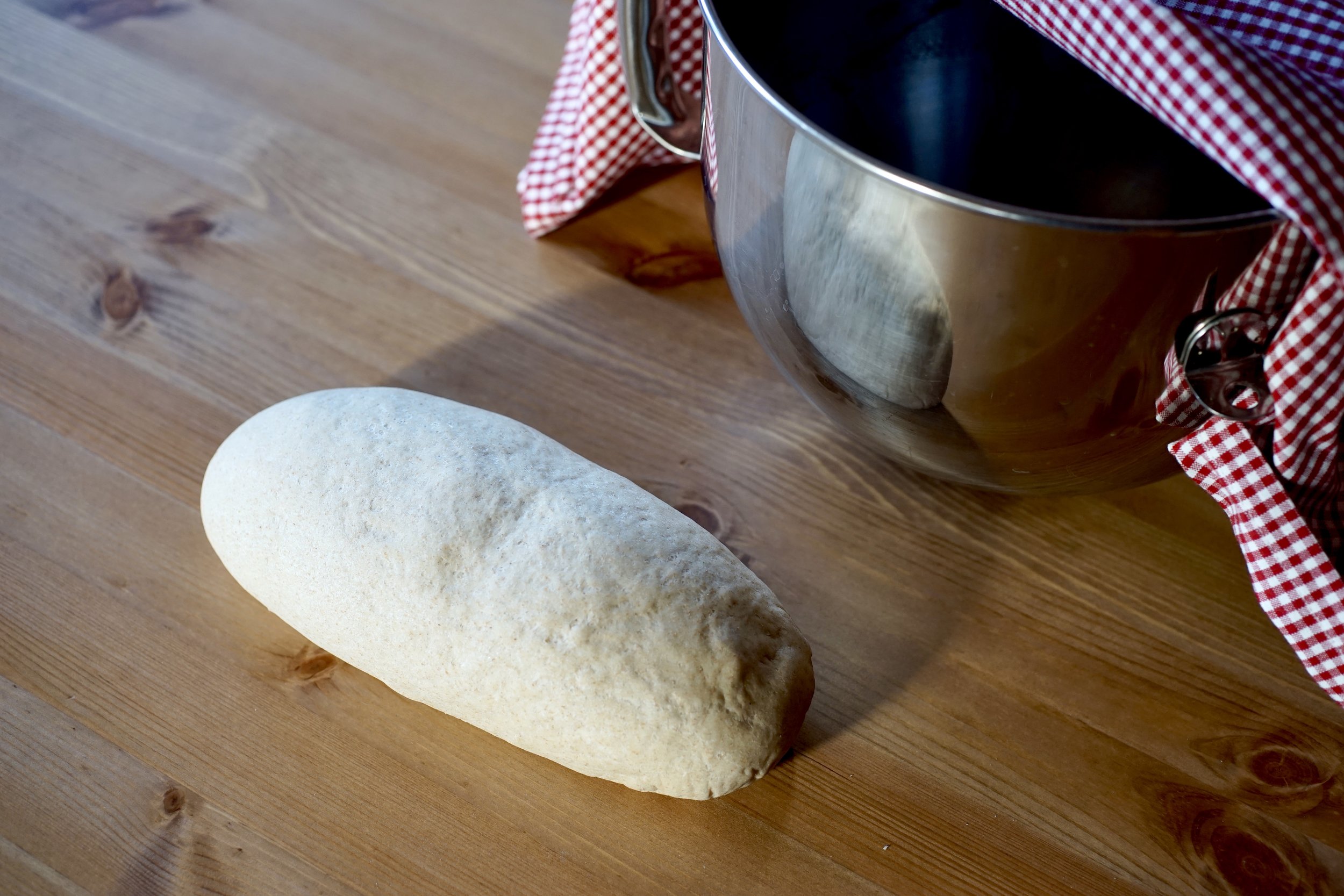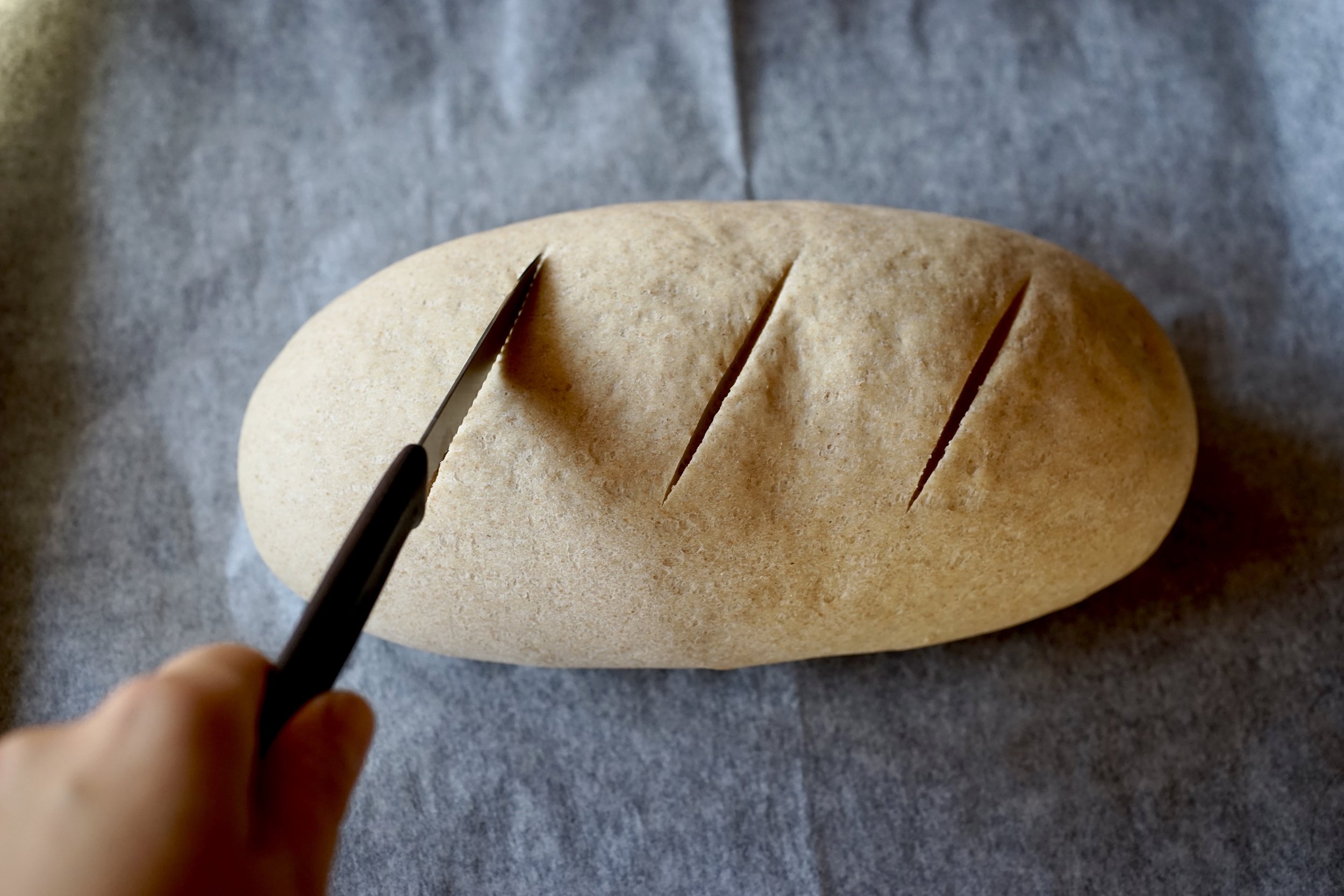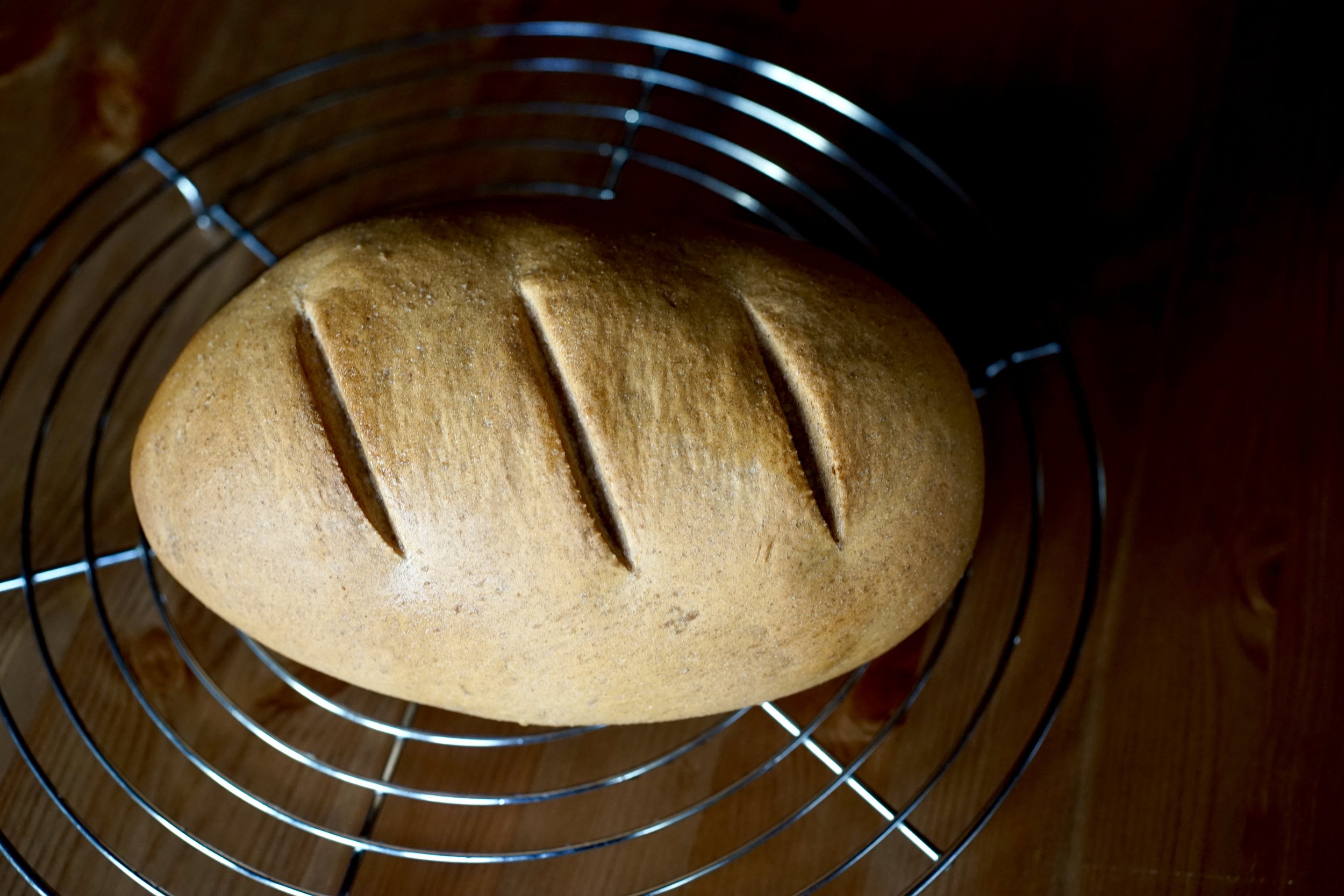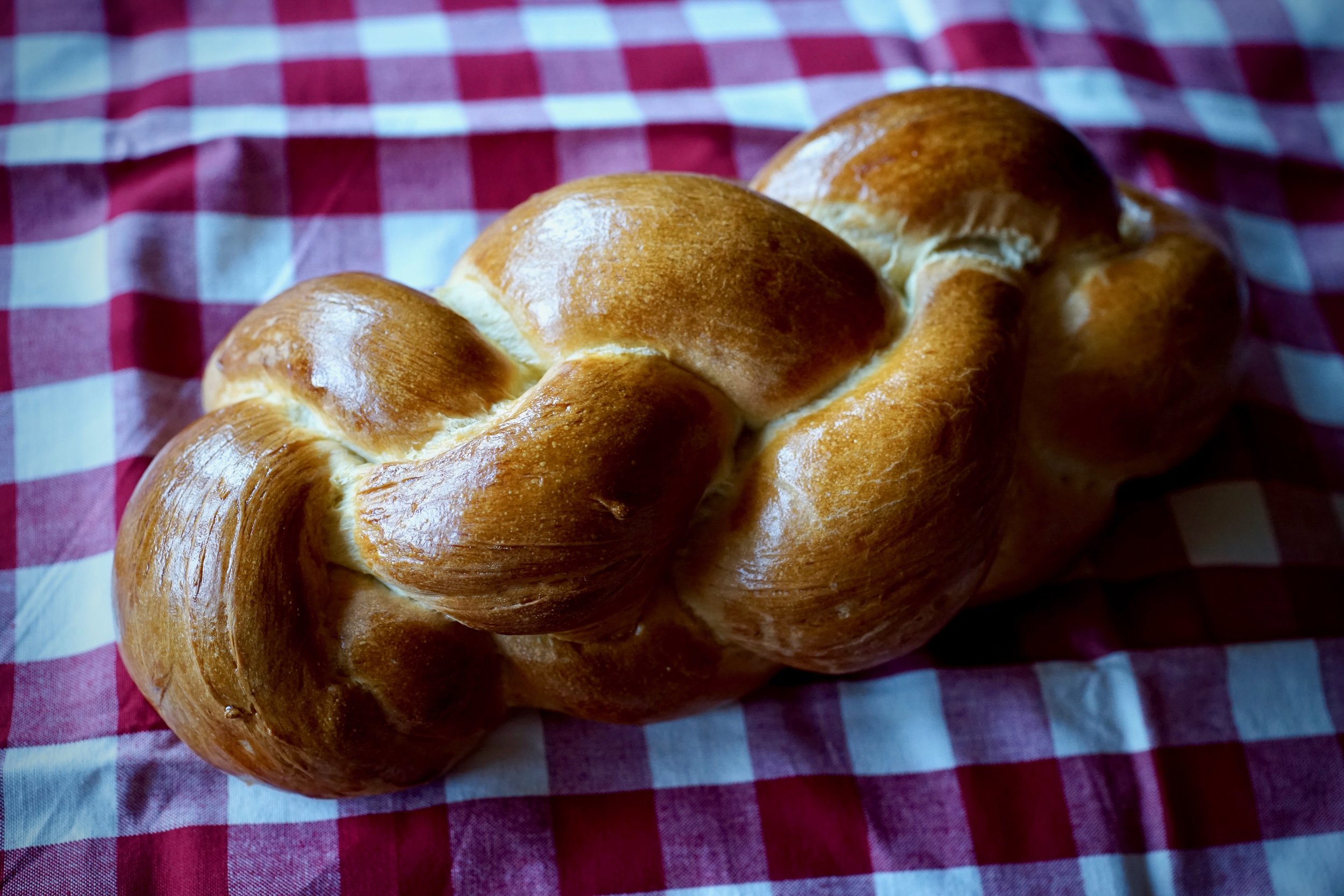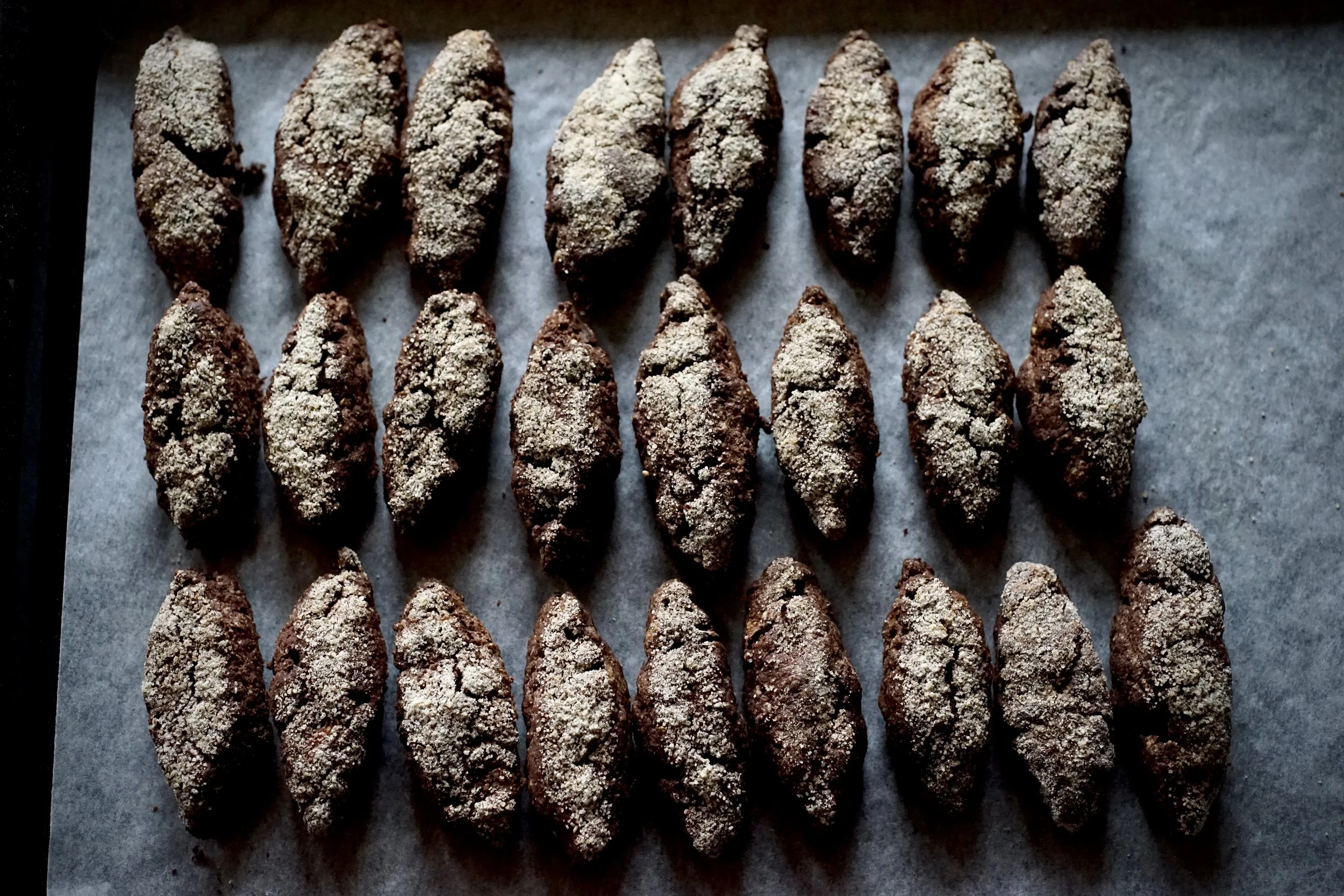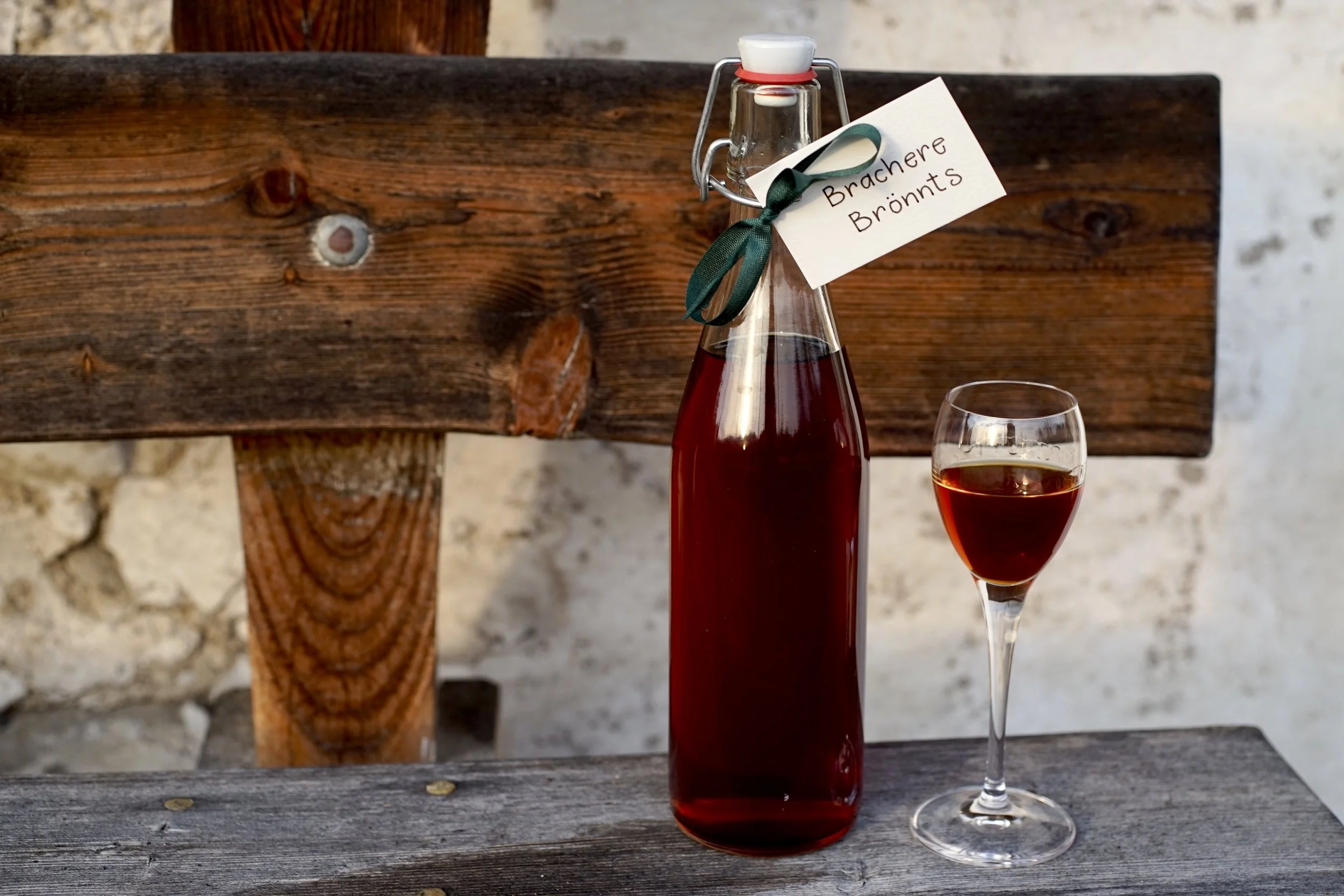Zürcherbrot
If you’ve eaten in a Swiss restaurant, chances are you’ve had Zürcherbrot.
Although that’s not the name that all people associate with the bread, the Kulinarisches Erbe confirms that, because of its even, easy-slicing shape, it is the bread most often served at restaurants, and indeed the best-selling bread in the country. Many big bakeries even make a commercial version of the bread—long, with nearly flat ends, so the whole loaf can be used as economically as possible. How Swiss.
The history of this bread is tied to big bakeries too. Historically, breads were often round, made for home ovens, but as the baking of bread moved to larger, commercial facilities, they grew longer, able to spread out in industrial ovens.
Ask someone from Zürich if they’ve ever had Zürcherbrot, and they might give you a blank stare. Although this bread is pretty much ubiquitous, it doesn’t have the cantonal caché of a Tessinerbrot or St Gallerbrot. However, according to Der Schweizer Bäcker-Konditor, a textbook from 1944 (see mine above), it does belong to the cantonal bread canon. Today it might be referred to as Langbrot, Stangebrot, or simply a kind of Ruchbrot.
According to the textbook, the Zürcherbrot benefits from a Hebel, a bread starter/pre-ferment. The night before baking, a third of the dough would be made and left to ripen overnight. This would typically benefit its shelf-life and flavour.
I tried the Zürcherbrot with and without the Hebel and had similar results, though I cannot account for shelf-life, as the bread disappeared within a day or two. Both methods below.
As for a recipe, I cobbled together information from a number of sources. My 1944 textbook, this fact sheet from the famous baking school, Richemont, this interesting post about Hebels, and the Tiptopf recipe for Ruchbrot.
500 g flour—Halbweissmehl or Ruchmehl (see below)
2 tsp salt
300 ml water
20 g fresh yeast (or 10 g dry)
In a large bowl, whisk together the flour and salt.
In a measuring cup, whisk together the water and yeast.
Make a well in the middle of the flour and pour in the liquid. Mix until you have a dough, and then knead for about ten minutes, or until smooth and elastic. Alternatively, use a stand mixer with a dough hook.
Let rise for about 1-2 hours, or until doubled in size.
Form into a long loaf and place on a parchment-lined baking sheet. Let rest for 20-30 minutes.
Preheat your oven to 250 C / 450 F / gas mark 8.
Using a serrated knife, make three diagonal slits along the top of the loaf, then place your bread in the oven, immediately reducing the temperature to 200 C / 400 F / gas mark 6.
Bake for 45-55 minutes, or until the bread is nicely browned and it makes a hollow sound when tapped on the bottom.
As soon as it comes out of the oven, use a pastry brush to brush it all over with water.
Typically, this bread is made with Halbweissmehl / farine mi-blanche / farina semibianca or Ruchmehl / farine bise / farina bigia (I used Ruchmehl).
These flours are both kinds of whole wheat flours. While white flour (Weissmehl / farine fleur / farina bianca) contains mostly the inner part of the grain, Halbweissmehl contains some of the outer layers, and Ruchmehl even more of the outer layers of grain. Vollkornmehl / farine complète / farina integrale uses the whole grain of wheat, including the shell. Different countries have different guidelines for how much grain denotes what kind of flour—the varieties above are, of course, easily available in Switzerland, but abroad you would be looking for a light whole wheat flour.
If you’d like to try a Hebel, starter, for yourself:
The night before, mix:
170 g flour
100 ml water
10 g fresh yeast (1 tsp dry)
½ tsp salt
Let sit out for about an hour, then pop in the fridge overnight.
The next morning, mix it into the remaining ingredients (330 g flour, 10 g fresh yeast (1 tsp dry), 200 ml water, and 1 ½ tsp salt) as described above.
Switzerland’s favourite
Zopf

